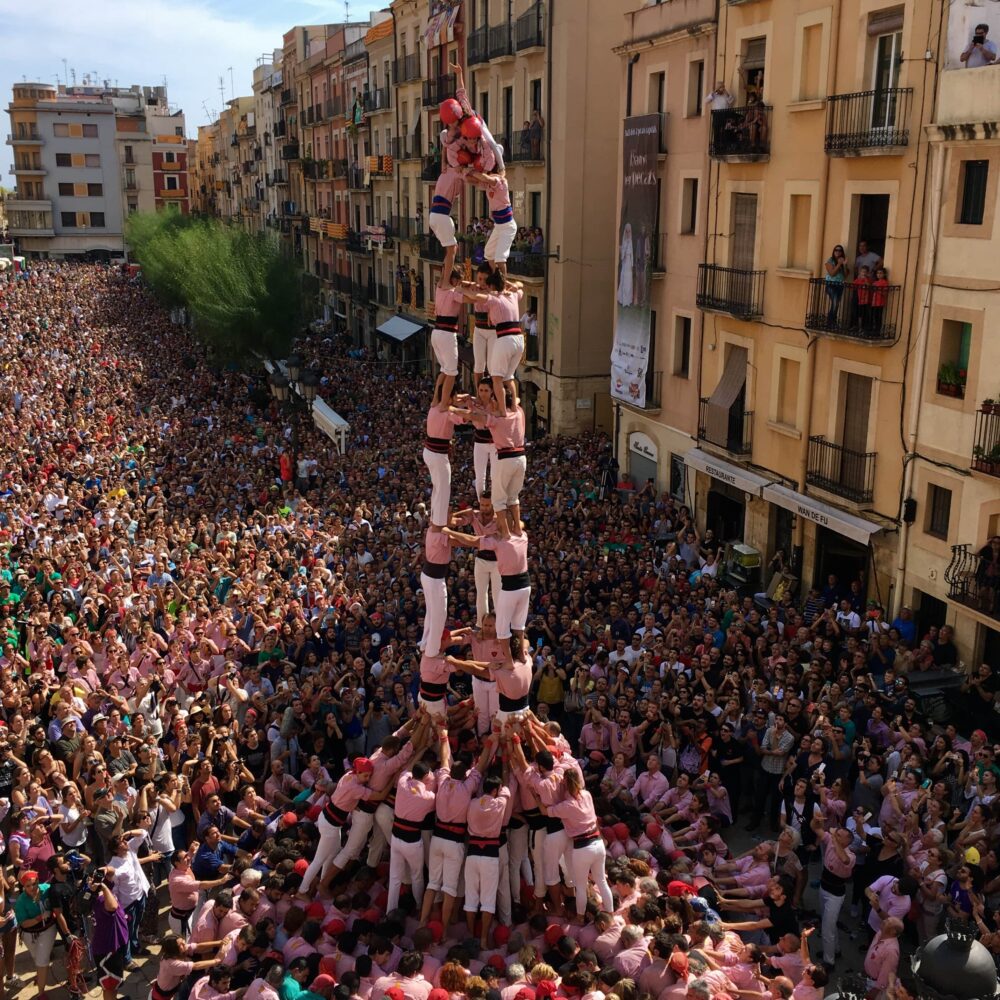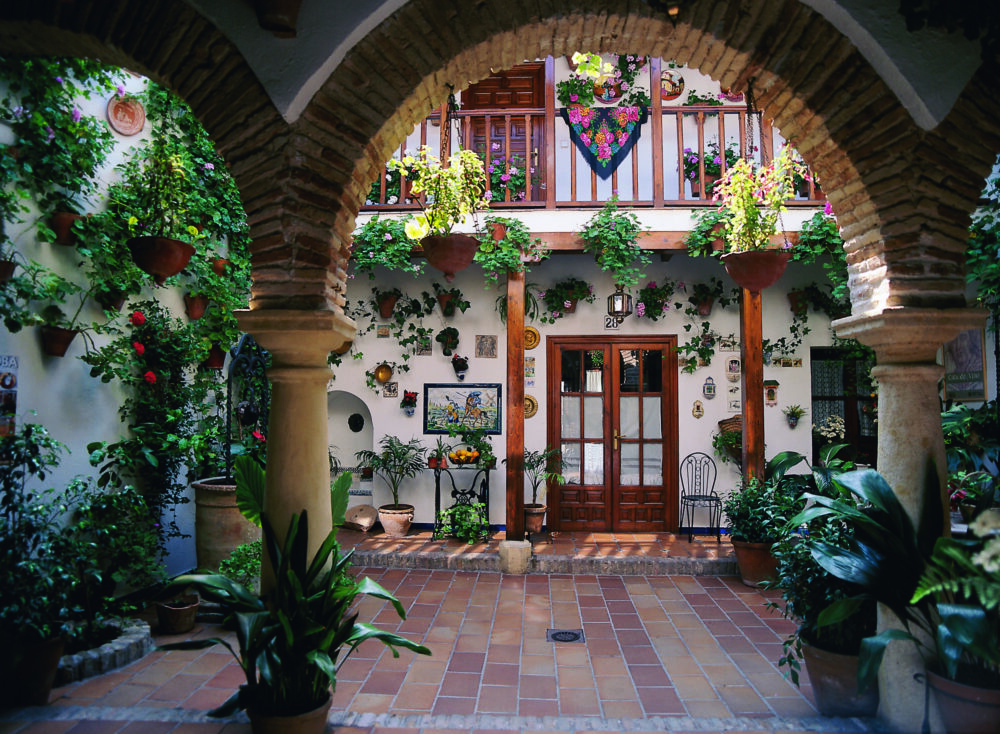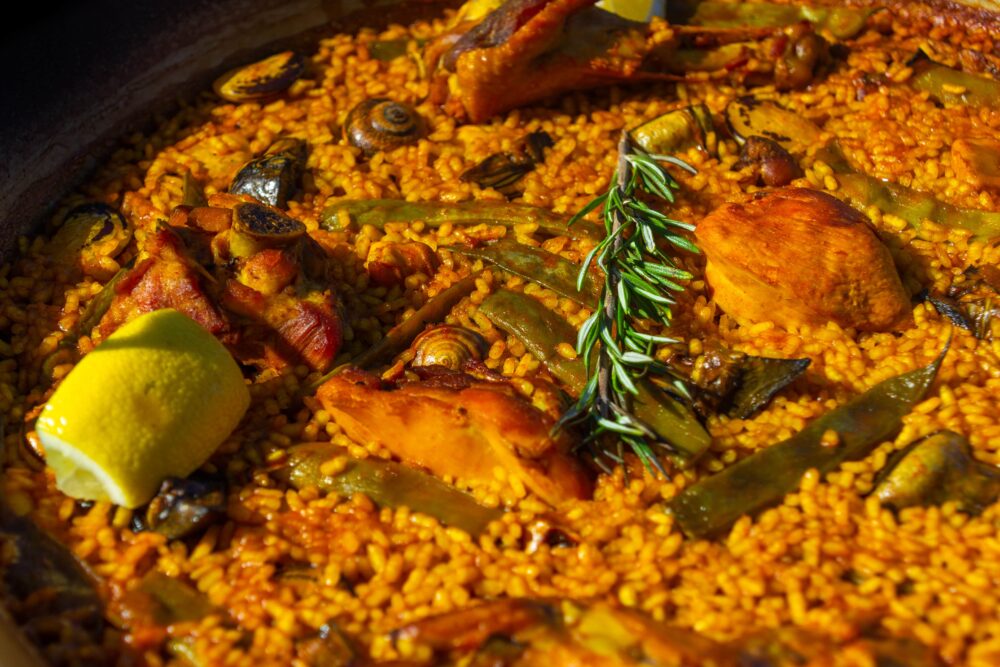Spanish UNESCO Intangible Cultural Heritage
Persistent traditions are a key part of popular culture, representing part of the celebrants’ identity. In Spain, you can enjoy many of them, recognized as UNESCO Intangible Cultural Heritage of Humanity.
Flamenco
All year
Flamenco is traditional mainly in Andalusia, as well as in Extremadura and the Murcia Region. It can be in the form of song, dance, or instrumental music. We recommend enjoying it in a tablao, a performance venue common in cities such as Seville and Madrid, or the cave dwellings of Granada. There are also two major Flamenco festivals: Cante de las Minas, every summer in La Unión, in the Murcia region, and the Seville Bienal de Flamenco (held in even-numbered years, in the fall). More about Flamenco.
Human towers or castells
Catalonia, all year
The castells are towers as high as ten tiers formed by people. The tradition of the towers, or castells in Catalan, is at least 200 years old. They usually feature in village fiestas. People of all ages take part: the strongest men form the base, women and older boys are at the intermediate levels, and smaller children perch on top. Castells are always created at crowded festivals with the public lending support, accompanied by traditional music. Get more information.

Las Fallas festival, Valencia
The city of Valencia, around 19 March
Humor, satire, and fire are the core of this fiesta that involves most Valencians, imbuing the entire city with fun and excitement for several days. The largest squares and streets display large groups of satirical papier-mâché sculptures, the Fallas; noisy parades and spectacular fireworks welcome the spring. Everything culminates on the night of March 19th, the cremá, when all the Fallas are burned except for the ninot, the best sculpture of the year, which then is placed in the Museum of the Fallas in Valencia. Read all the details.
Festival of the Courtyards in Cordoba
Cordoba (Andalusia) in May
Courtyards and squares are decorated with thousands of flowers, the scent of orange blossoms and jasmine fills the air, and the streets echo to the sounds of flamenco. This is Cordoba’s Festival of the Courtyards, celebrating the traditional courtyard or patio, a space for family and social life. Residents decorate their courtyards with flowers and take part in a competition for the prettiest one. Entertainment is held in the largest courtyards, mainly flamenco music and dance, filling the whole city with a festive air at the start of a month of fiestas. Find out more.

Mediterranean diet
Spanish food is a showcase around the world for the Mediterranean diet, a healthy way of eating listed by UNESCO as an Intangible Cultural Heritage. Based on olive oil, vegetables and fresh seasonal food, in the Mediterranean culture, meals are a time for family and friends to gather.
Twelve more traditions and customs complete the list of Spain’s UNESCO Intangible Cultural Heritage. Find out about them here.
